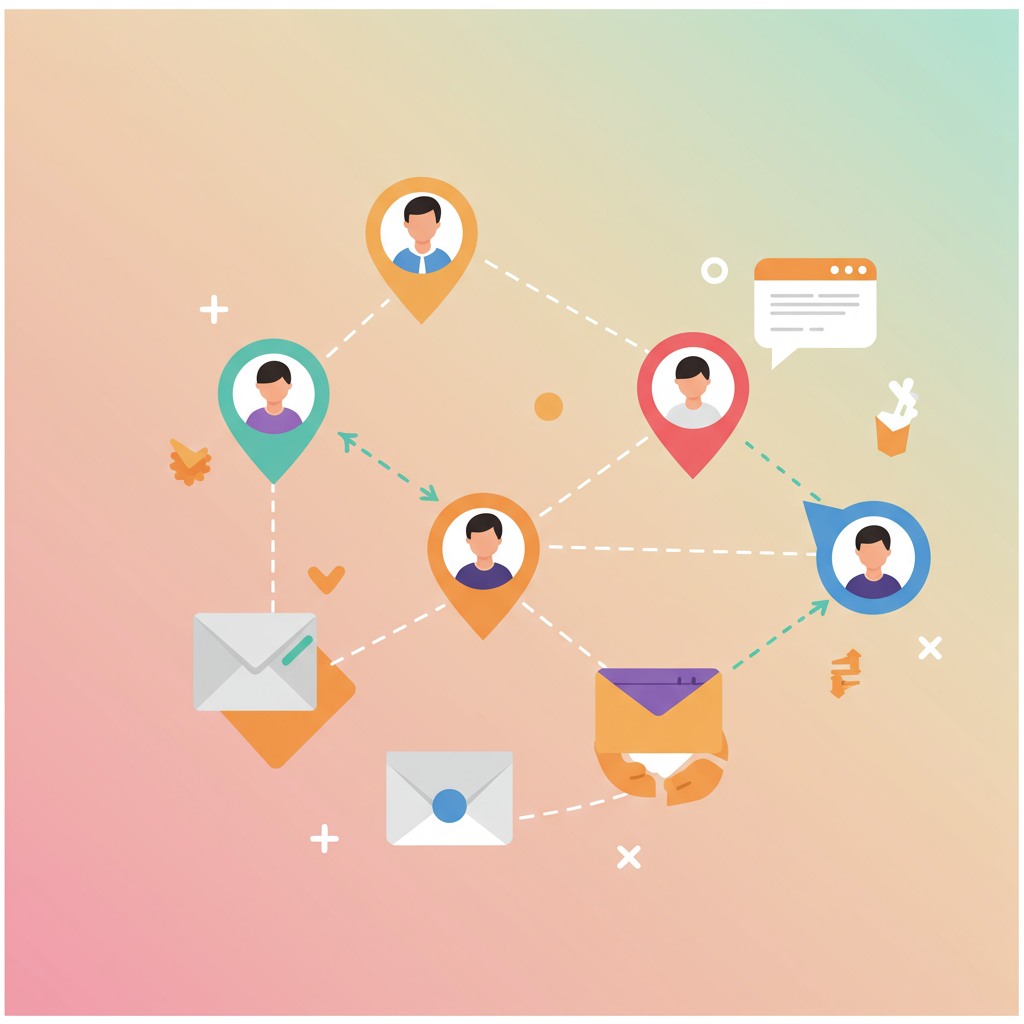Discover the proven techniques I use to personalize customer communication and boost conversions for my online store.
As a Shopify merchant, I’m constantly looking for ways to connect more deeply with my customers and drive sales. One strategy that has consistently delivered outstanding results for me is email marketing.
However, simply sending out generic emails to my entire list often falls flat. I’ve learned that true engagement comes from personalization, and that’s where email list segmentation becomes my secret weapon.
Today, I want to share with you my insights and practical techniques for effective Shopify email list segmentation. It’s a game-changer, believe me.
So, what exactly is email list segmentation? In simple terms, it’s the process of dividing your email subscribers into smaller groups based on specific criteria.
Instead of treating all your customers the same, you’re recognizing their unique characteristics, preferences, and behaviors. This allows me to send highly targeted and relevant messages.
Why is this so crucial for a Shopify store like mine? Well, think about it. Not every customer is interested in the same products, nor are they at the same stage of their buying journey.
A new visitor might need a welcome series, while a loyal customer might appreciate exclusive offers or early access to new collections. Segmentation helps me cater to these distinct needs.
The benefits I’ve seen are undeniable: higher open rates, increased click-through rates, better conversion rates, and ultimately, a stronger return on my email marketing investment.
It also significantly reduces unsubscribe rates because my subscribers are receiving content that genuinely interests them, rather than feeling spammed.
Let’s dive into some of the most effective segmentation techniques I employ for my Shopify store. The first, and perhaps most fundamental, is segmentation by **purchase history**.
This allows me to group customers based on what they’ve bought, how often they buy, and how much they spend. For example, I can identify my ‘first-time buyers’ versus my ‘repeat customers’.
For first-time buyers, I might send a follow-up email with complementary products or a discount on their next purchase to encourage loyalty. For repeat customers, I focus on new arrivals or exclusive loyalty rewards.
Another powerful segment is based on **customer behavior on my website**. This includes actions like browsing specific product categories, viewing certain products multiple times, or abandoning a cart.
If someone viewed my ‘summer dresses’ collection but didn’t purchase, I can send them an email showcasing new arrivals in that category or a limited-time offer on those items.
Abandoned cart recovery emails are a classic example of behavioral segmentation, and they are incredibly effective for me. I always personalize these with the exact items left behind.
Next, I consider **engagement levels**. Not all subscribers are equally active. Some open every email, while others rarely interact.
I segment my list into ‘highly engaged,’ ‘moderately engaged,’ and ‘inactive’ subscribers. For inactive subscribers, I might try a re-engagement campaign with a special offer to win them back.
For my most engaged subscribers, I often send exclusive content, early access to sales, or even ask for their feedback, making them feel valued.
Demographic information, though sometimes harder to gather directly, can also be useful. If I sell products for different genders or age groups, I’ll use any available data to segment accordingly.
For instance, if I know a customer is male and has previously purchased men’s accessories, I won’t send them emails about women’s clothing. It’s about relevance.
Geographic location is another simple yet effective segment. If I’m running a local promotion or have specific shipping offers for certain regions, I can target those customers directly.
This is particularly useful for me when I have pop-up shops or local events. I can send targeted invitations to customers in that specific area.
The key to implementing these techniques effectively on Shopify is choosing the right email marketing platform that integrates seamlessly. I use one that allows me to pull data directly from my Shopify store.
This integration is vital because it automatically updates customer profiles with their purchase history, browsing behavior, and engagement metrics, making segmentation much easier.
I regularly review my segments and adjust my strategies based on performance. It’s not a ‘set it and forget it’ process; continuous optimization is essential for me.
My advice to you is to start small. Pick one or two segmentation criteria that you think will have the biggest impact on your Shopify store and build from there.
You’ll be amazed at the difference it makes in your email marketing performance and, more importantly, in building stronger, more personal relationships with your customers.
Remember, every customer is unique, and your email marketing should reflect that. Segmentation allows me to speak directly to their needs and interests.
What do you think about this article? Have you tried any of these techniques, or do you have others that have worked well for your Shopify store?
I’m always eager to learn from fellow merchants, and I believe that by sharing our experiences, we can all grow our businesses more effectively.






